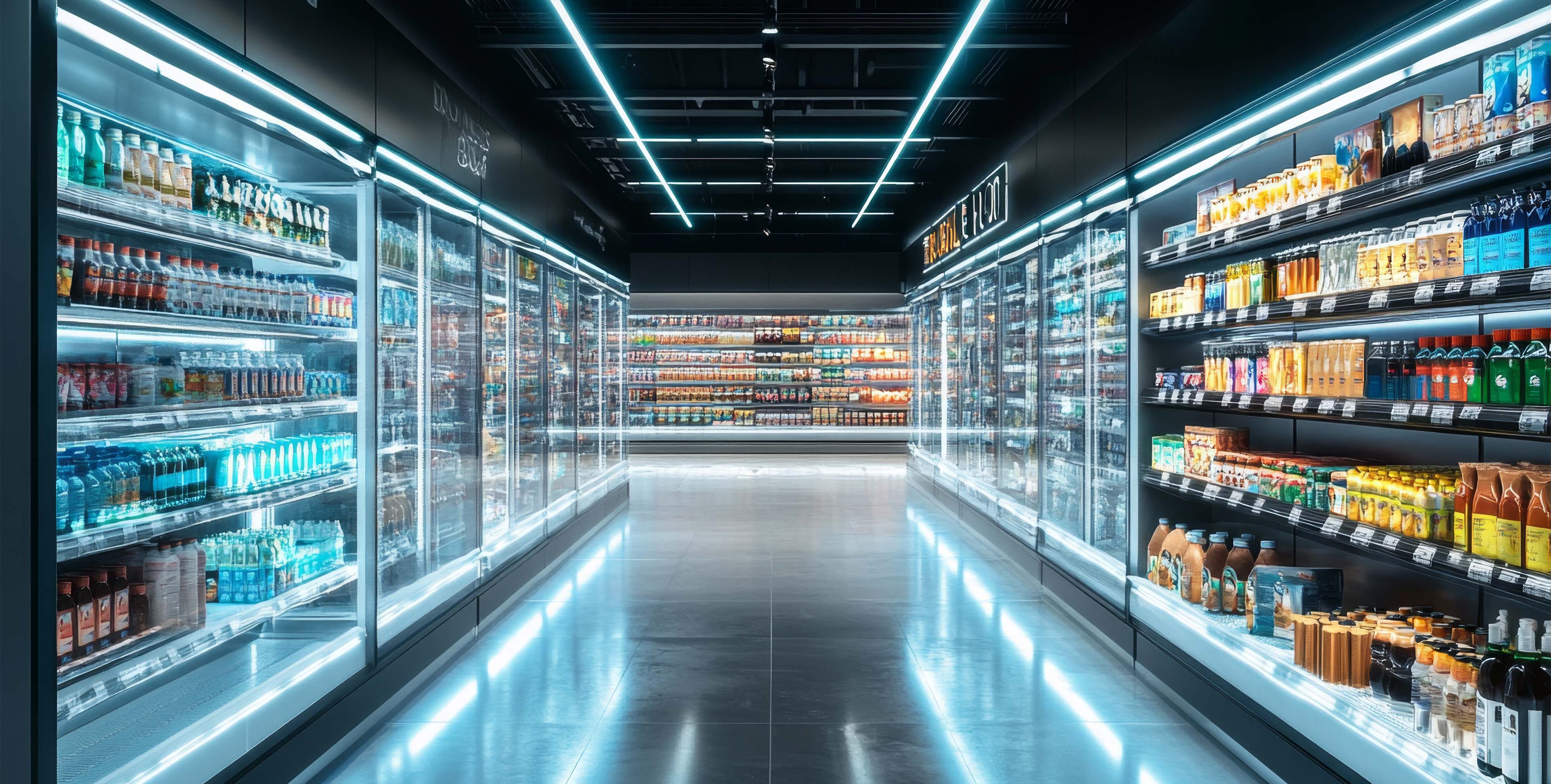OK Foods, one of the largest fully-integrated chicken producers in the world, had a refrigeration situation that required unique design and engineering expertise to solve. HFA was happy to assist with providing a solution to this challenge by enlisting the help of Refrigeration Lead, Miguel Purdy, and his team of engineers. The HFA refrigeration team began by providing an in-depth assessment of OK Foods’ refrigeration systems to learn more about the options for improving the system’s capacity as OK Foods prepares for upcoming expansions and procedural changes.
OK Foods processes several million pounds of chicken each week. To fulfill its promise of consistent, high-quality chicken products, the company continually invests in advanced technologies. Refrigeration is a particularly critical need for OK Foods and its freezing systems must be up to date with the ability to maintain a certain level of capacity. The HFA team knew that OK Foods planned an expansion and was limited on space for equipment that required robust compressor capacity. Because of the limited space, OK Foods ultimately needed to replace two spiral freezers but needed to understand how to do this while minimizing the amount of equipment and being mindful of cost.
A Refrigeration Systems Audit
Before working with HFA, OK Foods was operating its freezer system at a temperature of -56°F. Typically, equipment manufacturers rate freezers at -40 degrees to calculate how much a system can freeze; however, OK Foods wanted to run their freezers lower than that to meet their increasing production needs. HFA’s engineers got to work on a refrigeration load study, analyzing the impact that the manufacturer’s recommendations would have on the existing refrigeration system and what changes could be made to improve the system results going forward.
The analysis came back with findings that the engineers and client were both happy with.
According to the report, raising the system from -56°F to -40°F to meet the manufacturer’s recommended temperature would increase freezing capacity by 60-70% without the need for additional equipment. The team expected the system capacity to increase with the increased operating temperature, but they didn’t know by how much. The report confirmed that it was economically viable to continue using the existing equipment which allowed them the ability to include other needed equipment into the budget for future phases.

“Common sense told us that we would have additional capacity,” explains Purdy. “Common sense didn't tell us how much additional capacity that would be for each one of those compressors, and it really surprised me. I think it surprised everybody.”
How Data Helps OK Foods Plan for the Future
The data from the analysis will be incredibly useful for future design planning for OK Foods. With the findings from the audit, the client and HFA were able to better determine how to proceed with future process and system design and operation. An immediate outcome of the audit was the decision to replace four original compressors with two larger compressors, as well as to add an additional compressor to accommodate the new load; all without needing any major structural changes. The OK Foods design process will continue to evolve in the future and has a solid foundation for the starting point, thanks to the refrigeration load study conducted by Purdy and his team.
While this specific audit was useful to a processing company understanding their spiral freezer capacity, understanding refrigeration performance is also important for other industries to consider. For example, our engineers can assess how the store’s system is currently operating and identify improvements that can be made through temperature adjustments or equipment alternatives. This comes in handy when a store is looking to understand the energy costs during an expansion or layout redesign. Especially with the increase in online pickups and third-party distributions, stores have more incentives to design their stores with optimal cost analysis in mind.
And the benefit isn’t limited to multi-site companies. In Purdy’s perspective, the savings aren't only for large volume scenarios but are considered a “first door savings,” that can be felt considerably on a per-location basis. The financial impact on a location having the ability to expand their offerings by simply adjusting the temperatures and not adding a new refrigeration system makes it worth investigating.



.png)



.jpg)
.jpg)
.jpg)



